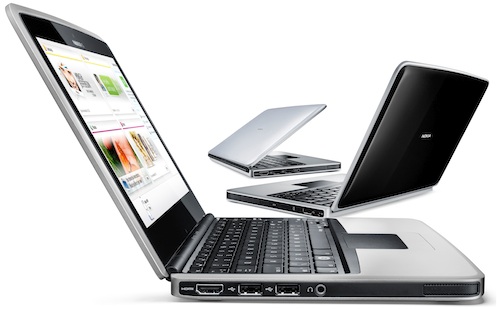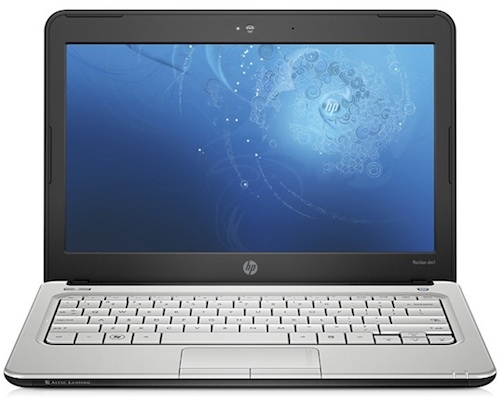
It’s hard to believe that it’s been only 30 months since Taiwan’s Asus invented the netbook market with its Eee PC.
The power and design of the latest generation of netbooks make the original Eee PC look like it belongs in prehistory.
Netbooks, of course, are the low-cost — and typically low-powered — laptop computers that have taken the world by storm in the past two years.
With their small screens and cramped keyboards, they’ve never been regarded as full-time workhorses, with people preferring them mainly as alternative machines when travelling. Could that be changing?
TechCentral has been playing with two upcoming models, one from Hewlett-Packard and the other from Nokia, both of which take these tiny machines to the next level.
Neither HP’s Pavilion DM1 nor Nokia’s Booklet 3G is available in SA yet, but it seems inevitable that the products — both are top class — will be launched here sooner rather than later.
Unlike Asus’s original Eee PC, which was not exactly a winner in the fashion stakes, the Booklet 3G and the DM1 are beautifully designed computers.
With the Booklet 3G, Nokia has clearly borrowed heavily from Apple designers. The machine, the first from a company better known for its cellular handsets, looks like a baby MacBook Pro, complete with silver and black finish.
Even the raised black keys on the Booklet look like they belong on a Mac. In design, Nokia could have done a lot worse than copy the design geniuses at Apple.
The Booklet 3G is certainly a head-turner. While being carried around town in the past couple of weeks, it has garnered a lot of interest for its tiny size and sheer good looks.
The machine, which weighs only 1,2kg, also has all the options and ports you’d want in a netbook, including three USB ports and one HDMI port — the latter makes it easy to hook up the machine to a large-screen TV or to more modern flat-panel monitors.
There’s an SD card slot, a place to insert a 3G Sim card for connectivity (it is a Nokia-built machine, after all), assisted GPS receiver and stereo speakers.
The internal battery delivers about 10 hours of battery life, with Wi-Fi turned on, which is close to best in class. We didn’t test the battery with the 3G radio switched on. Nokia claims the battery will last for 12 hours, which may be possible with Wi-Fi switched off.
It’s really hard to find fault with the Booklet 3G but there are a few niggles. The 1,6GHzIntel Atom processor is a little slow, and opening and switching between applications can take a little time. Adding extra memory to the base 1GB might help solve this.
Also, it runs Windows 7 Starter, a crippled version of the Microsoft operating system that doesn’t include the eye-candy graphical effects in more advanced versions of the software.
The 10,1-inch screen (1280×720 pixels) is also a little small for long-term work. Though the machine’s small size and long battery life make it ideal for use on long-haul flights, we found the screen gave us eye strain after extended use.
The HP Pavilion DM1 has no such problem. Its larger and brighter 11,6-inch screen (1366×768) makes extended period of use bearable.

The DM1 we reviewed came fitted with 3GB of RAM and a 250GB hard drive, though this can be increased to 320GB.
The HP has a dual-core Intel processor, which makes the performance of the preinstalled Windows 7 Professional lightning fast next the Nokia netbook, even with the Aero Glass graphics enabled.
The DM1 also has an almost full-sized keyboard, which makes it easier to type on than the Booklet 3G’s smaller keys.
Like the Nokia, the HP has a multi-card reader, three USB ports and an HDMI port. It’s also well designed, also in black and silver, though doesn’t ooze quite as much sex appeal as the Booklet.
Where the DM1 falls down significantly is in its battery life, which is less than half the Booklet’s.
So, which is better? If style and extreme battery life are important to you, you’ll prefer the Booklet 3G. But if other practical considerations are paramount, there’s no doubt the HP is the better value for money machine.
Assuming they cost about the same when they eventually go on sale in SA, we’d probably go for the HP. But it’s not an easy call. Both computers are top-quality netbooks and both have strong selling points. — Duncan McLeod, TechCentral
- Subscribe to our free daily newsletter
- Follow us on Twitter or on Facebook




